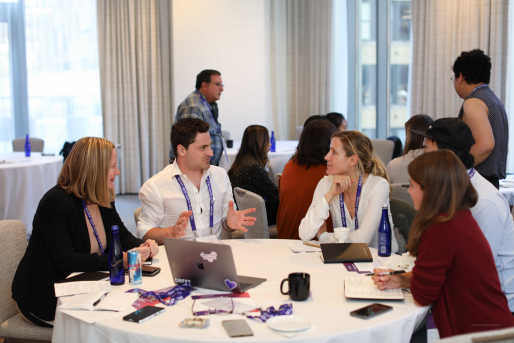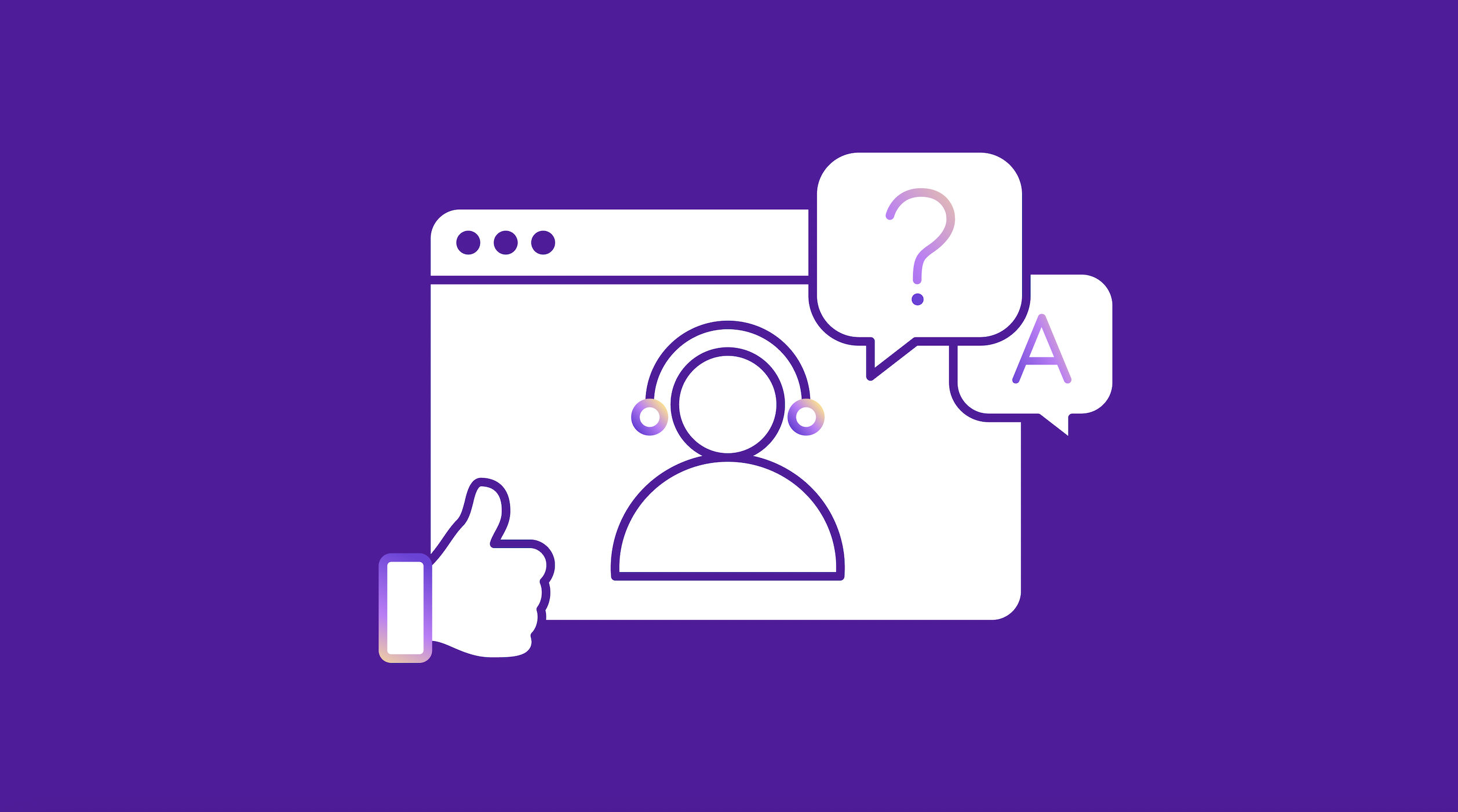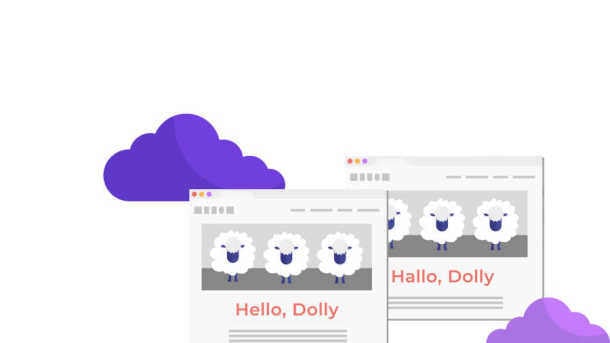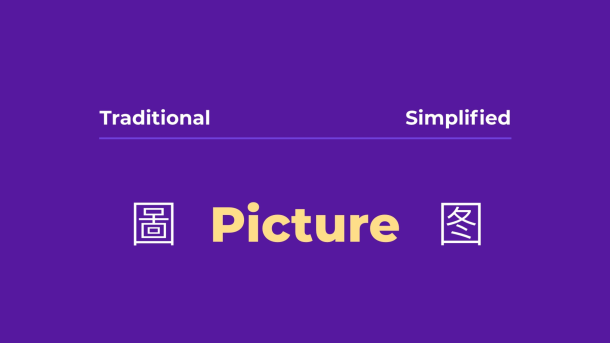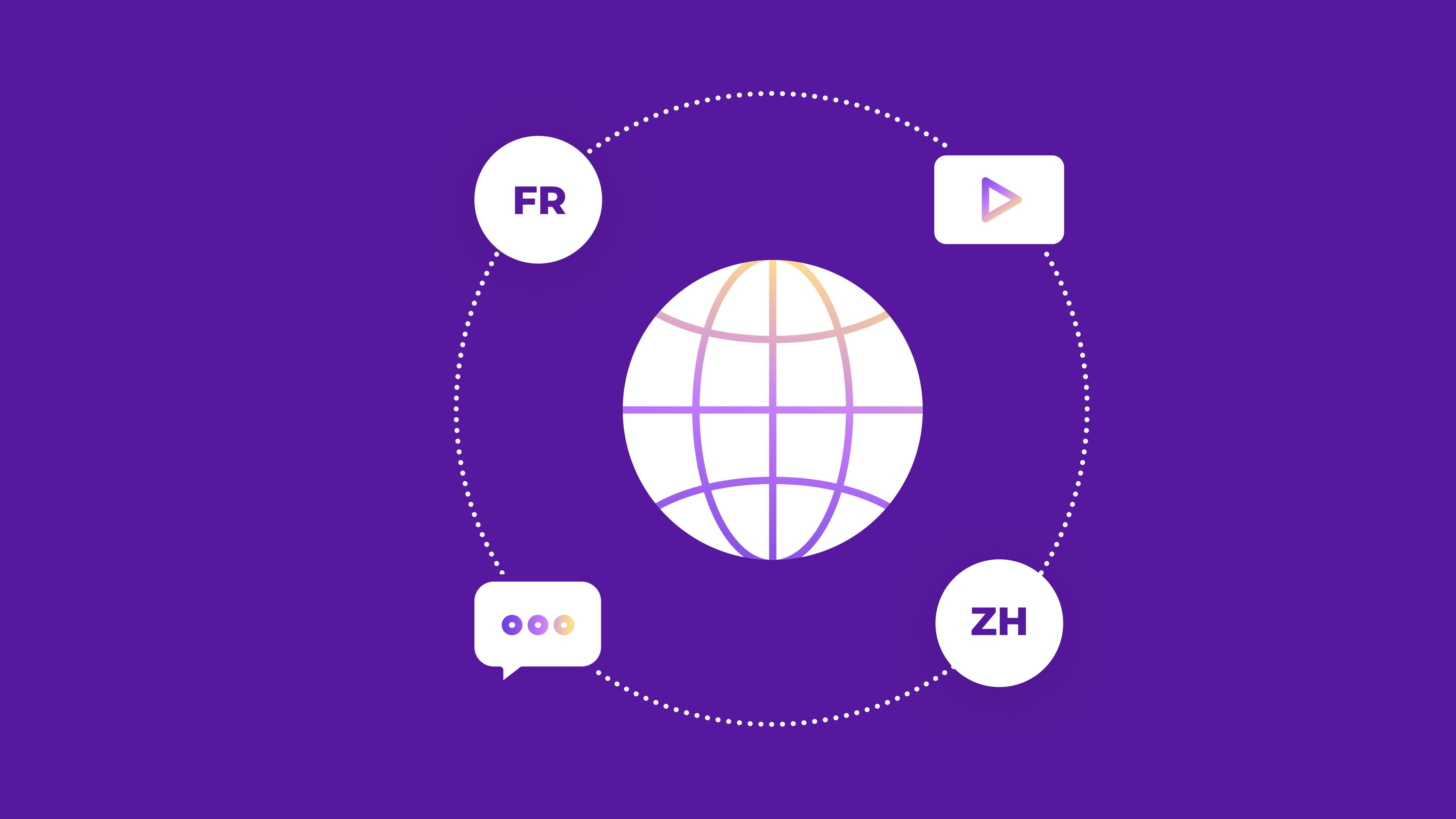If you visit a new country and order from a restaurant menu, a not-so-perfect translation will likely still get the point across. But there’s no room for error in an industry like mechanical engineering. One wrong or mistranslated word could endanger lives, cause costly mistakes, and jeopardize milestones.
The good news is that with the latest translation technology and solutions, you don’t have to worry about inefficient, error-prone engineering content.
Mechanical engineering translations are technical translations combined with localization for improved accuracy, efficiency, and affordability so you can build out content at scale. With precise translations at an affordable cost, you can reach customers and stakeholders worldwide.
Let’s look at some of the challenges in technical engineering translations, best practices you can employ, and how you can use the right technology and team to achieve improved translations.
Common types of mechanical engineering translations
Each branch of engineering—aerospace, civil, electrical, industrial, mechanical, and others—will require translated materials when scaling across the globe.
Some examples of documents you may need to translate include:
- Handbooks: Whether it’s a safety handbook, a user manual, or a resource that helps engineers and customers build, operate, and maintain machines, providing documents that all stakeholders can clearly understand is vital for a successful product.
- Company reports: Engineers should be able to communicate their findings, concerns, technological advancements, and more to stakeholders in every language.
- Technical drawings: Sharing information is critical for mechanical engineering, especially when technology evolves quickly. Experts can create blueprints and other drawings to map designs, functionality, instructions, and more.
- Warning labels: Small misunderstandings can have drastic results—like how a German translation of a knee prosthesis label convinced surgeons to skip a step in knee replacement procedures, resulting in 30 patients who needed a remedial surgery. Teams should translate labels to clearly and correctly communicate their point for safety assurances.
- Protocols: Engineers and supervisors should be able to develop protocols for multilingual understanding to scale and grow mechanical operations more efficiently.
Mechanical engineering translation requirements
Engineers who are producing machines and complex robotics must guarantee that users know how each component works together. As a result, successful mechanical engineering requires communication and teamwork.
If every team member and engineer knows the technical requirements and safety protocols they need for a successful machine, teams can produce valuable products without easily avoidable mistakes. The same concept applies to companies and customers who use and maintain the machines.
Communication is always challenging, so specificity and accuracy are essential in all documentation.
But the challenges don’t stop there. You must tackle the same communication issues when reaching users that speak another language. This is much more challenging when you’re not a native speaker and don’t know about your target audience’s local engineering or customer environments.
The cost of poorly localized translations
Louis Balla, a mechanical engineer and partner at Nuage, a digital transformation consulting firm, recounted how, on one occasion, an international supplier provided poorly translated assembly instructions. He told Smartling that “this caused multiple defective prototypes and weeks of rework.” Errors and delays like this can jeopardize company growth and drastically increase avoidable costs.
But Balla learned from these experiences. “Invest in high-quality translations, especially for technical documentation,” he advises. “Precision and clarity are key. Don’t rely on generic translation software or cheap outsourcing. Work with translators who understand mechanical engineering and your industry’s terminology.”
If a company wants to continue growing, it must successfully enhance its communication process in dozens of different languages and cultures to avoid issues like those that Balla experienced.
How innovation has changed mechanical engineering translations
It can seem impossible to translate billions of words, maintain resources, and update content daily. And before, it was—or at the very least, it was unproductive and costly.
But thanks to recent technological advancements, this has changed. Companies can now rely on a combination of high-quality machine translations and local human experts to translate content quickly and accurately at larger scales.
If you want to effectively scale your company’s growth, your translation workflows will need to meet these three requirements:
- Speed: Translate content in seconds on demand.
- Accuracy: Correctly communicate your original message’s intended meaning in all target languages.
- Affordability: Use budget-friendly translation services so you can translate content as often as you need.
If you meet these requirements, you can translate your technical engineering materials for all your target audiences and languages.
Common mistakes when translating mechanical engineering content
The biggest mistakes we see at Smartling don’t necessarily involve incorrect translations. If you look at the source material and a literal translation side-by-side, you’ll find that they technically convey the same message. However, word-for-word translations won’t use the same tone or voice as the source language’s message, and they may even offend other audiences.
Brands shouldn’t measure translations by how they appear to a non-native speaker. Instead, translations need to take cultural differences and other nuances into account to communicate the same message in all languages.
For example, a phrase like “hand-tighten the screw” might mean to secure a screw so it’s tight but not overworked. Depending on the culture, a customer might read a translation and think this means to tighten the screw with their fingers.
Cultural nuances, idioms, and audience perceptions all require more than a literal translation. The number one mistake companies make is failing to localize their content.
Mechanical engineering localization adapts products and content for a specific target market. When you localize a user manual or safety protocol, you create a translation with an intended culture and audience in mind. Localization helps your target audiences precisely understand what you are communicating and makes their experience feel local, not foreign.
Localization also includes transcreation, which involves adding new content alongside the translated text to provide greater cultural accuracy.
Learn more by listening to Smartling’s podcast episode, “What Engineers Prioritize When It Comes to Localization.”
Combining AI technology with local human linguists
If mechanical engineering companies want to scale their technical documentation, operations, and growth, they should adopt a localization strategy.
Previously, localizing content into dozens of different languages and cultures was inefficient, inaccurate, and costly. But now, engineers can use translation technology to create precisely translated materials within their budget.
Today’s AI makes a partnership between AI tools and human linguists possible. For example, Smartling’s Machine Translation Hub selects the best machine translation engine for each project so you can accurately translate billions of words in seconds. Then, our human translators can verify and adjust the content where needed.
Our linguists also revise and transcreate content so your audience understands your message as intended. As native-speaking locals, our translators know target audiences’ cultural nuances, expectations, and the shifting trends that affect them, making them the most qualified experts to transform your content.
Over time, you can also build your translation memory and brand glossary so that AI creates translations using the exact engineering phrases and words you prefer for faster, more consistent output.
It’s this approach that combines the strengths of AI and human translators that helps brands communicate on all their stakeholders’ local levels—all the way down to small but critical details that could jeopardize their operations and products. Jason Farrell, master technician at Mechanic’s Diary, told Smartling that “when it comes to technical fields like mechanical engineering, you absolutely need that human expertise to catch subtle but crucial details.”
Once you’ve decided to build your localization process, you can begin introducing the following best practices for highly accurate translations.
Mechanical engineering translation best practices
Accurate mechanical engineering localization requires these three steps for long-term quality:
1. Implement a localization strategy
First, review all your materials and do your best to organize them according to priority. Then, create a plan to start translating and localizing your content for one language and culture at a time. Your plan should lay out exactly how you will create a fully localized version for each local audience.
But don’t worry—you don’t have to do this all on your own. Smartling’s professional services can lead your localization strategy so you don’t have to design it from scratch.
Once you have a general roadmap for getting started, you can adopt the tools and services you need to make your strategy possible.
2. Choose a technology stack for speed and accuracy
A lot of technology goes into localized translation. You’ll need a machine translation engine, a CAT tool for adding visual context to web pages and images, a translation management system for processing and managing content, and more.
The best translation solution provides everything you need in one place. This makes the translation process easier and increases your team’s efficiency. When all your tools work together, there will be fewer gaps that can cause delays.
For example, Smartling provides all the tools and services you need for highly efficient AI translations and management.
3. Find a partner for management and translation expertise
While AI can help with accuracy, affordability, and translation consistency over time, it doesn’t eliminate the need for human experts. After all, you are communicating with humans, not machines. You need to be entirely sure that what you say is the same in every language and culture for greater accuracy and safety.
Local expert translators can localize your content based on the target culture to guarantee that your translations are spot-on every time.
Smartling provides native-speaking professional translators so that every engineering company can confidently sell, communicate, and service its product in Italian, Arabic, Spanish, French, Mandarin Chinese, or any other target language.
How Smartling handles mechanical engineering translations
 Smartling provides the best tools and translation services for mechanical engineering content in Russian, Japanese, and any other foreign language. (Source)
Smartling provides the best tools and translation services for mechanical engineering content in Russian, Japanese, and any other foreign language. (Source)
Smartling is an all-in-one mechanical engineering translation solution and service. With us, you get access to the most efficient and accurate AI translation tools to easily translate content in seconds—billions of words at a time.
Smartling helps you leverage translation tools and management services that can lead your localization strategy and help you communicate confidently.
You can use our tools and services to improve your mechanical engineering material translations and avoid delays, costly mistakes, and safety hazards. Swap out those common errors with translations that help you avoid unnecessarily high costs, grow your company, and increase your market share as a global but local organization.
Book a meeting today to find out how Smartling can help you achieve faster, more accurate, and more affordable mechanical engineering translations.

